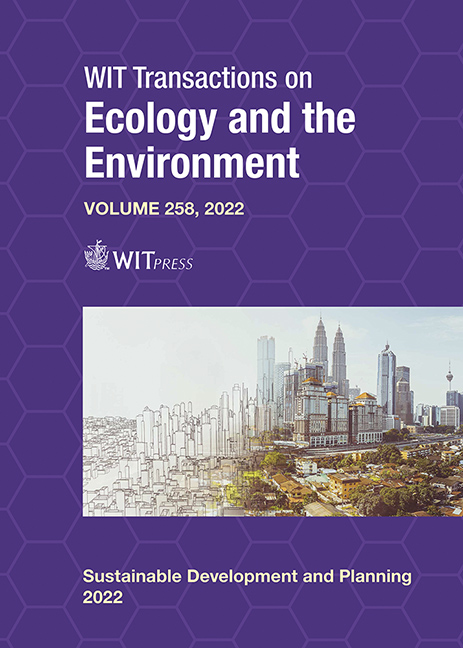CARRYING CAPACITY INDICATORS IN RELATION TO A TOURIST DESTINATION: THE CASE OF THE ISLAND OF PAROS, GREECE
Price
Free (open access)
Transaction
Volume
258
Pages
10
Page Range
345 - 354
Published
2022
Paper DOI
10.2495/SDP220291
Copyright
Author(s)
DIMITRIS PROKOPIOU, BASIL TSELENTIS
Abstract
Many researchers have studied the challenges concerning the carrying capacity of tourist destinations. Carrying capacity has been defined as the ability of an ecological system to sustain the development of human activities without negatively impacting the ecosystem services inherent within the system. It is a common belief that the carrying capacity approach has proved to be both significant and functionally supportive of tourist destination sustainable management. Considering the challenge of sustainable growth, it is important to emphasize that tourism causes various negative impacts that may risk longterm growth and that overlooking the interdependence between the concept of carrying capacity and sustainability of tourism growth will, most likely, exacerbate the many problems that arise in areas of unique socio–cultural and ecological value. Previous research has developed specialised measurement instruments and indicators, as well as a comprehensible methodological guide for their use, in order to estimate the carrying capacity and limits of a tourist destination. Many Greek islands and coastal areas have been studied in an attempt to identify the factors influencing a tourist product and its ecological, social and economic sub-systems, including infrastructure, environmental characteristics and tourism entrepreneurship. The above were applied to Paros, a Greek island in the central Aegean Sea, which hosts as many as 500,000 tourists per year, in an attempt to further involve local societies and stakeholders in addressing and understanding the impacts on existing non-renewable resources, the transport infrastructure and primary production. This endeavour aims to design a comprehensive, diverse and socially integrated sustainable tourism strategy policy for the island of Paros.
Keywords
carrying capacity in tourism, coastal zones and tourism, tourism development





